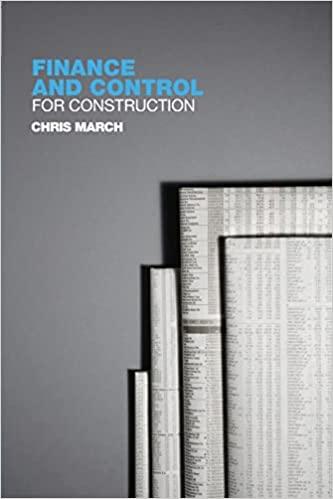Conceptual Overview: Explore how stock volatility relates to the beta coefficient b risk measure. The tendency of a stock to move with the market is measured by its beta coefficient, b. When first loaded, the graph shows the line for an average stock, which necessarily matches the market retum in a year when the market returns 10%, the average stock returns 10% and in a year when the market goes down 10%, the average stock goes down -10% also. The slope of the line for the average stock is 10 A more volatile stock would change more extremely Drag the line vertically so that it has a slope of b = 20. For this more volatile stock in a year when the market returned 20% the volatile stock did better with a 30% retum, and when the market lost - 10%, the volatile stock lost big with a 30% change. Now drag the line so that it has a slope of b=0.5. This stock is less volatile than the average stock and reacts less extremely than the market. In a year the market retumed 20%, the less volatile stock returned slightly less at about 15% And in a year when the market lost-10%, the less volatile stock did a letter better with a 0% return There are two simple principles 1. The larger the beta coefficient (le, the steeper the slope), the more volatile the returns from the stock 2. Beta coeficients b greater than 10 indicate the stock is more volatile than average and slopes less than 10 indicate the stock is less volatile than average Rotum on stocks Return on Stocks 30% b = 20%- 1.00 20% 30% Return on Market -30% Created by Gary H. McClelland, Professor Fmeritis Illniversity of Colorarin Radar 1. For a stock with a beta coefficient of b - 1.50, it is: a. more volatile than the average stock. b. about the same volatility of an average stock. c. less volatile than the average stock. d. Cannot determine. 2. For a stock with a beta coefficient of b - 1.50, in a year when the market return is 20%, we expect, in this particular example, the stock's return to be: a. about 20% b. about 25% c. about 30% d. not enough information to determine. 3. For a stock with a beta coefficient of b - 1.50, in a year when the market return is -10%, we expect, in this particular example, the stock's return to be: a. about 0% b. about -10% c. about -20% d. about -30% 4. For a stock with a beta coefficient of b - 0, which of these statements is true in this particular example? a. The line in the graph is flat b. It is like a riskless asset with a guaranteed return of 10% no matter what the market does . There is no chance of lower performance than the market but also no chance of better performance. d. All of the above Select










